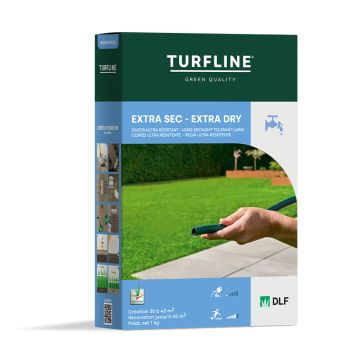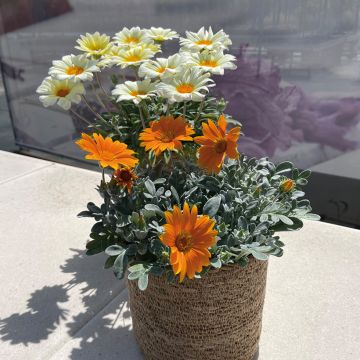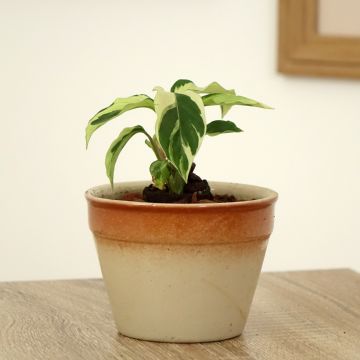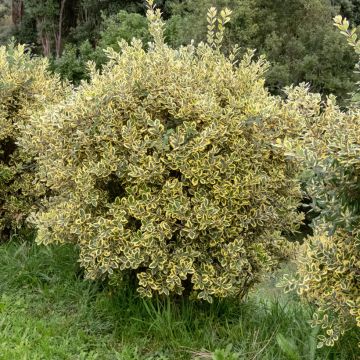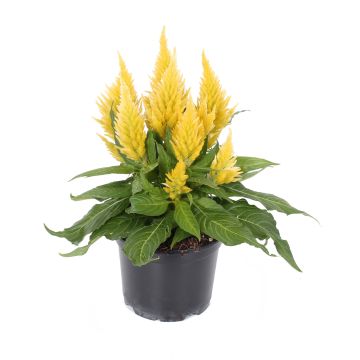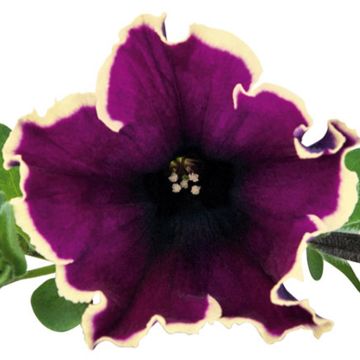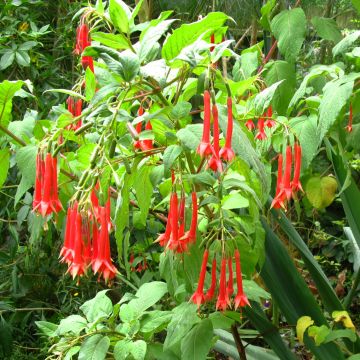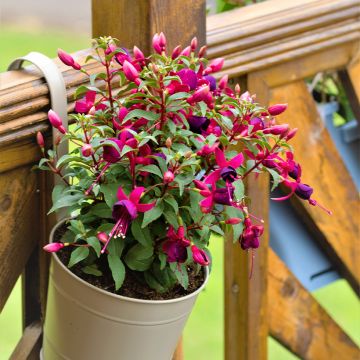

Tagetes erecta nana F1 Vanilla - African Marigold


Tagetes erecta nana F1 Vanilla - African Marigold
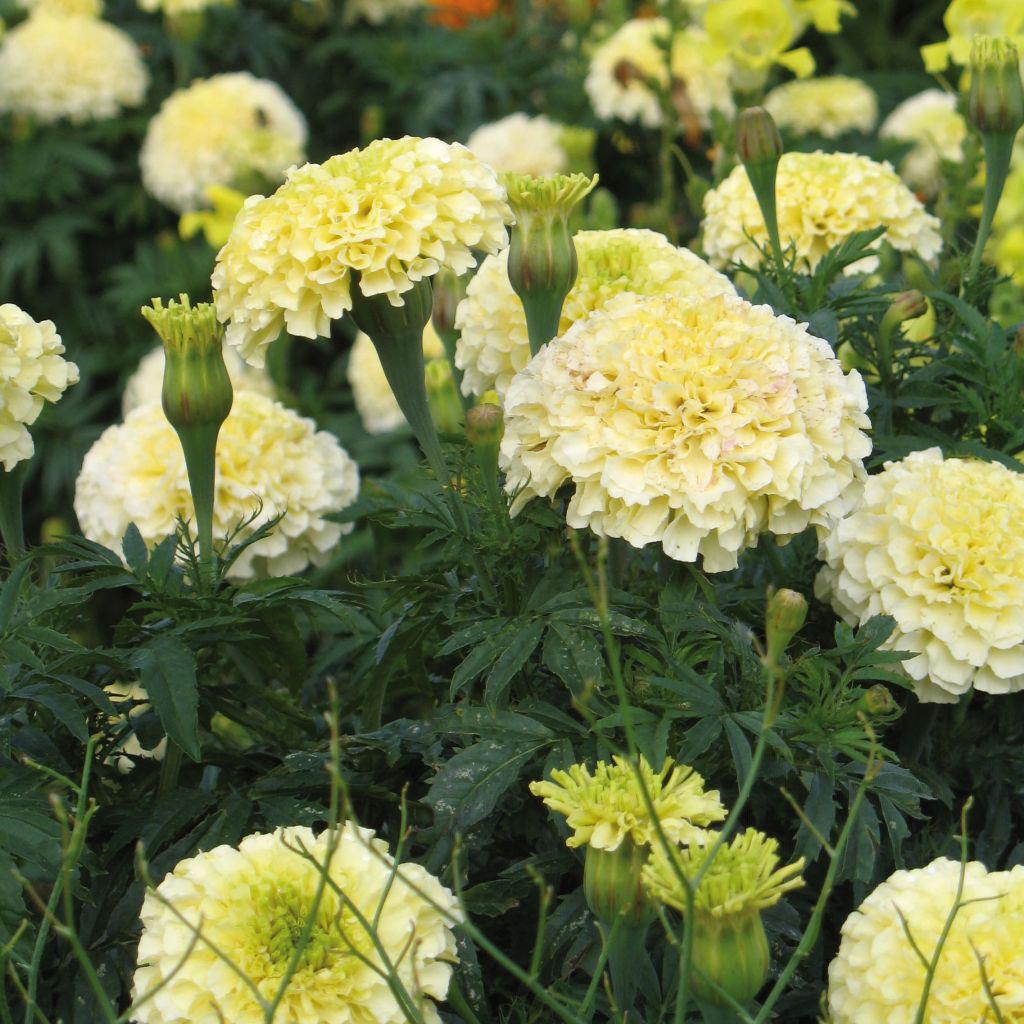

Tagetes erecta nana F1 Vanilla - African Marigold
Tagetes erecta nana F1 Vanilla - African Marigold
Tagetes erecta nana F1 Vanilla
African Marigold, Aztec Marigold, American Marigold
Why not try an alternative variety in stock?
View all →This plant carries a 6 months recovery warranty
More information
We guarantee the quality of our plants for a full growing cycle, and will replace at our expense any plant that fails to recover under normal climatic and planting conditions.
From €7.90 for pickup delivery and €6.90 for home delivery
Express home delivery from €8.90.
From €7.90 for pickup delivery and €6.90 for home delivery
Express home delivery from €8.90.
Does this plant fit my garden?
Set up your Plantfit profile →
Description
The 'Vanilla' F1 African Marigold, a variety of Tagetes erecta nana, is an annual plant with a compact and branching habit. It is adorned throughout the summer with large, very double and bright flowers, resembling cream-white pompoms. They appear from June until the first frost, on top of a beautiful clump of stems carrying a highly cut, aromatic foliage of a beautiful dark green shade. Its cultivation is very simple and within the reach of all gardeners, as this plant will grow and bloom even in poor and dry soil. Its flowers are perfect in bouquets, containers, and borders.
The 'Vanilla' F1 Marigold is a perennial herbaceous and tender plant, grown as an annual in most of our climates. This plant, belonging to the Asteraceae family, is of horticultural origin, derived among others from a wild species paradoxically named African Marigold, native to Mexico, Central America, and the western part of South America. It quickly forms a bushy and branching clump from the base, reaching a height of 40 cm (15.7 in) with a diameter of 30 cm (11.8 in). Its sturdy angular stems bear large double flowers (9 to 10 cm (3.5 - 3.9 in) in diameter), terminal, white-cream in colour resembling large fluffy pompoms. This is a truly exceptional colour among Marigolds. Its leaves, 5 to 10 cm (2 - 3.9 in) long, are deeply cut and filled with an essential oil with medicinal properties, whose characteristic scent resembles citrus and pepper, or even apple.
Marigolds are star plants in summer flowerbeds, thanks to their very easy cultivation, in borders or in pots on the terrace. The strong stems allow for beautiful summer bouquets. The 'Vanilla' variety, with its pastel flowering, echoes the nostalgic large pompoms of annual poppies, and enables very pretty combinations with pink, blue, or apricot flowers. It can also be planted in small clusters amidst the gray foliage of wormwood and lamb's ear, with ageratums, or surrounded by greenery, by pairing it with tansies, Kochia Childsii, or small grasses that will temper its large double corollas. This marigold is edible, and its petals can be added to summer salads to intensify their flavour and colour.
The Marigold is also a medicinal and dye plant, from which an essential oil and a yellow food colouring are extracted. The scent of its foliage and the substances secreted by its roots repel certain pests, especially nematodes, which is why these plants are often installed in the vegetable garden.
Please note that our young plants in mini-plugs are professional products intended for experienced gardeners: upon receipt, transplant and store them under shelter (veranda, greenhouse, frame) at a temperature above 14C° for a few weeks before planting outside once all risk of frost has passed.
Tagetes erecta nana F1 Vanilla - African Marigold in pictures
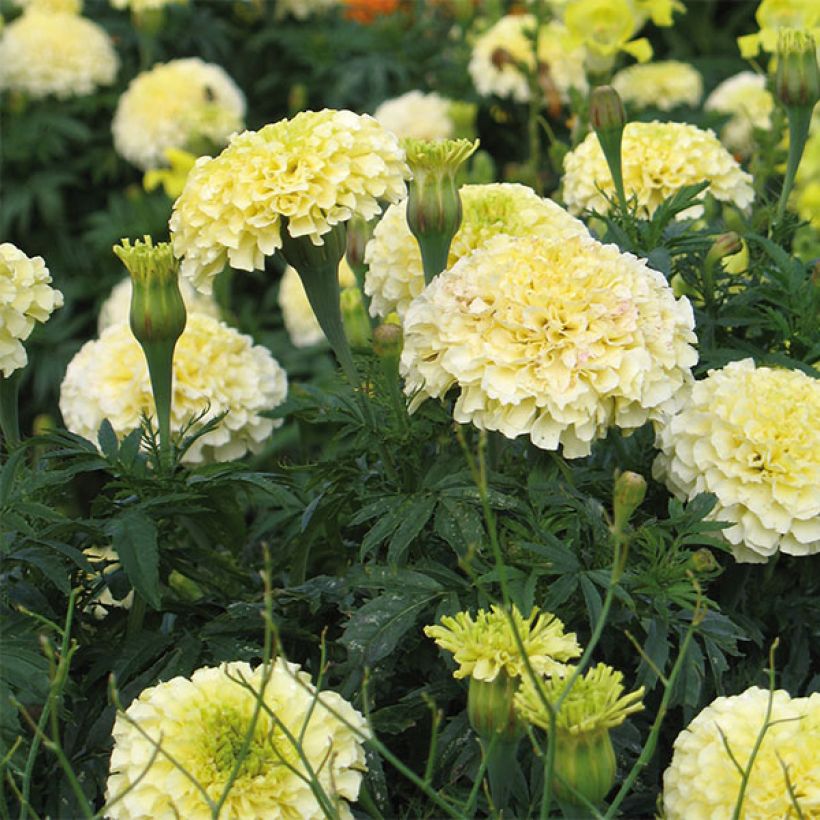



Flowering
Foliage
Plant habit
Botanical data
Tagetes
erecta nana
F1 Vanilla
Asteraceae
African Marigold, Aztec Marigold, American Marigold
Cultivar or hybrid
Other Annuals A to Z
View all →Planting and care
Marigolds are fast-growing plants that thrive in the sun and in hot conditions, even in poor and occasionally dry soils. Plant them in well-drained, light, and well-prepared soil. Avoid excessive watering in summer, as this promotes the development of fungal diseases and root rot. Regularly remove faded flowers to extend the flowering period. Protect the plants from slugs and snails, which are fond of them.
Planting period
Intended location
Care
Plug plants - Annuals
Haven't found what you were looking for?
Hardiness is the lowest winter temperature a plant can endure without suffering serious damage or even dying. However, hardiness is affected by location (a sheltered area, such as a patio), protection (winter cover) and soil type (hardiness is improved by well-drained soil).

Photo Sharing Terms & Conditions
In order to encourage gardeners to interact and share their experiences, Promesse de fleurs offers various media enabling content to be uploaded onto its Site - in particular via the ‘Photo sharing’ module.
The User agrees to refrain from:
- Posting any content that is illegal, prejudicial, insulting, racist, inciteful to hatred, revisionist, contrary to public decency, that infringes on privacy or on the privacy rights of third parties, in particular the publicity rights of persons and goods, intellectual property rights, or the right to privacy.
- Submitting content on behalf of a third party;
- Impersonate the identity of a third party and/or publish any personal information about a third party;
In general, the User undertakes to refrain from any unethical behaviour.
All Content (in particular text, comments, files, images, photos, videos, creative works, etc.), which may be subject to property or intellectual property rights, image or other private rights, shall remain the property of the User, subject to the limited rights granted by the terms of the licence granted by Promesse de fleurs as stated below. Users are at liberty to publish or not to publish such Content on the Site, notably via the ‘Photo Sharing’ facility, and accept that this Content shall be made public and freely accessible, notably on the Internet.
Users further acknowledge, undertake to have ,and guarantee that they hold all necessary rights and permissions to publish such material on the Site, in particular with regard to the legislation in force pertaining to any privacy, property, intellectual property, image, or contractual rights, or rights of any other nature. By publishing such Content on the Site, Users acknowledge accepting full liability as publishers of the Content within the meaning of the law, and grant Promesse de fleurs, free of charge, an inclusive, worldwide licence for the said Content for the entire duration of its publication, including all reproduction, representation, up/downloading, displaying, performing, transmission, and storage rights.
Users also grant permission for their name to be linked to the Content and accept that this link may not always be made available.
By engaging in posting material, Users consent to their Content becoming automatically accessible on the Internet, in particular on other sites and/or blogs and/or web pages of the Promesse de fleurs site, including in particular social pages and the Promesse de fleurs catalogue.
Users may secure the removal of entrusted content free of charge by issuing a simple request via our contact form.

































